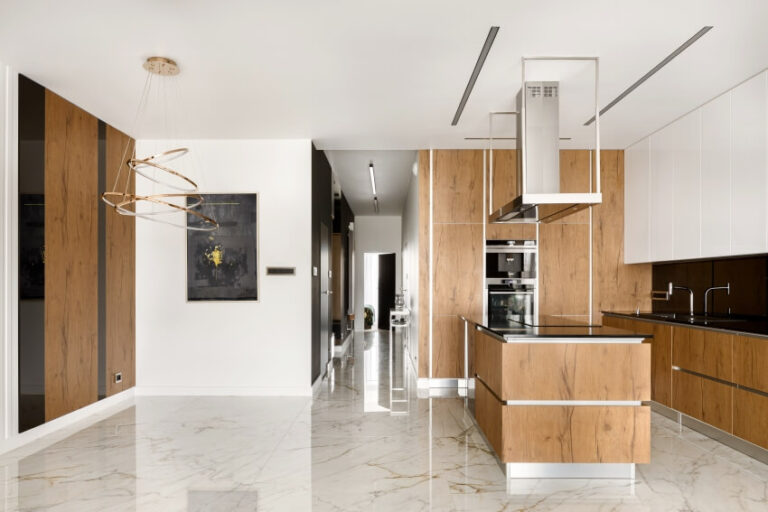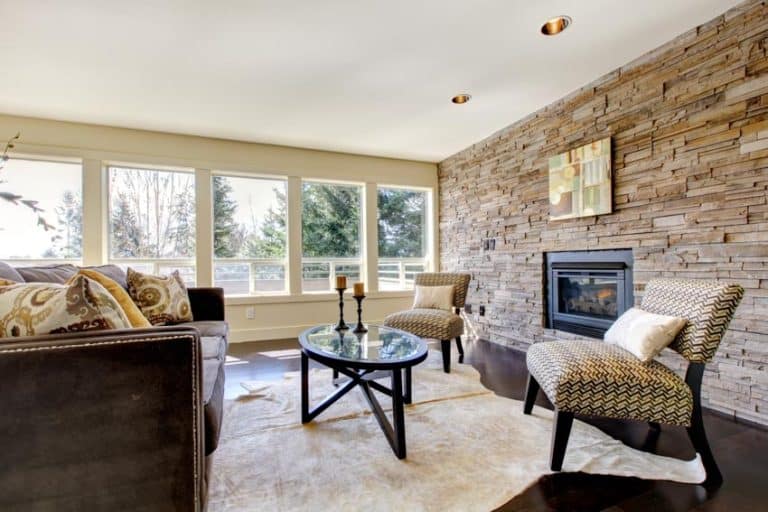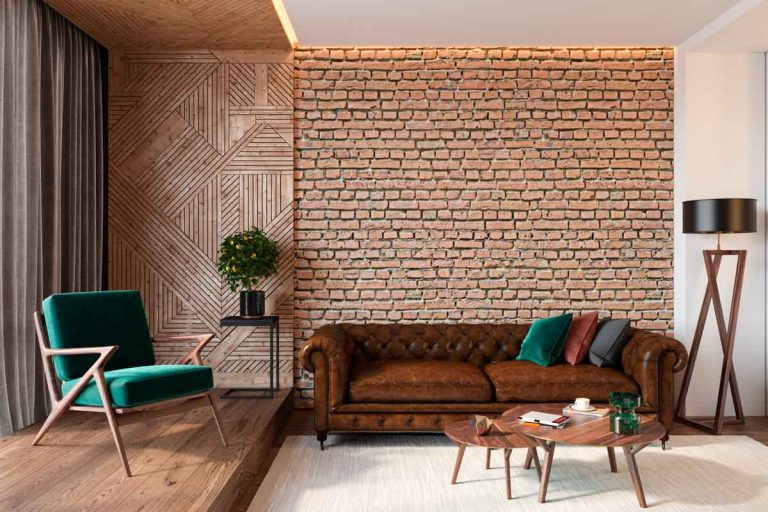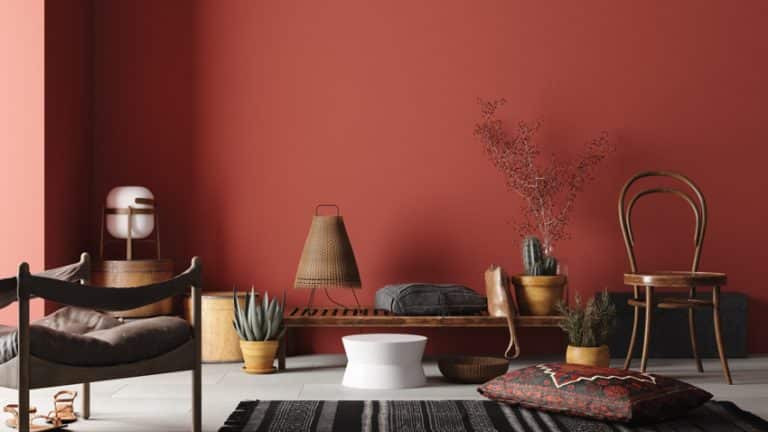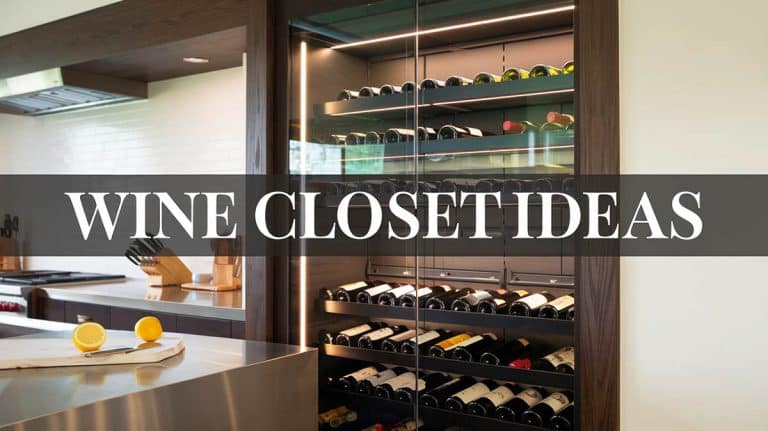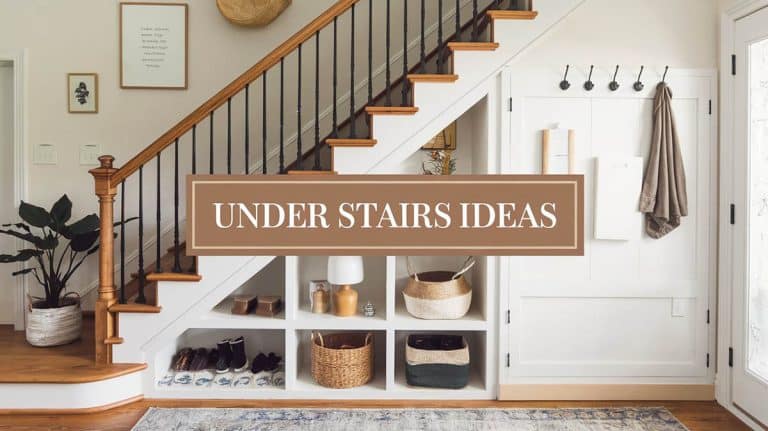Curb Mounted vs Deck Mounted Skylights
Adding a skylight can add natural lighting, and ventilation, and even make a room feel larger. They are great when used in colder regions as they let in sunlight during the winter to help warm the space. In warmer regions, skylights can be opened to let in natural sunlight and collect a breeze or fresh air and are excellent for areas that cannot get lighting from the outside walls, especially in malls or stores.

When used in homes, they can be in the center of the home where the outside walls are unable to have windows, or even just to add a cool focal piece to the home.
What is a Deck vs Curb Mounted Skylight?
The biggest difference between a deck and curb-mounted skylights is the mounting which affects the overall appearance. The deck-mounted skylights give a cleaner, tighter look while the curb tends to be a little bulkier.
Curb-mounted skylights are less energy efficient than deck-mounted, but curb-styles have a lower upfront cost as well as easier to replace. Read more about skylight pros and cons on this page.
Another big difference to think about when selecting between the two options is what type of area it will be going into. Due to the use based on roof pitch, the selection process is a little limited.
Commercial buildings are a lot more likely to have a flat or low-pitched roof, in these cases, a curb-mounted skylight would be necessary.
In homes with higher pitches and where the exterior look is more important a deck-mounted skylight is needed. This is not to say that all commercial and residential properties have these types of roofs, but they’re based on the roof pitch will determine which way the skylight needs to be installed.
A more detailed description of each type of mounting is below.
Curb Mounted Skylights
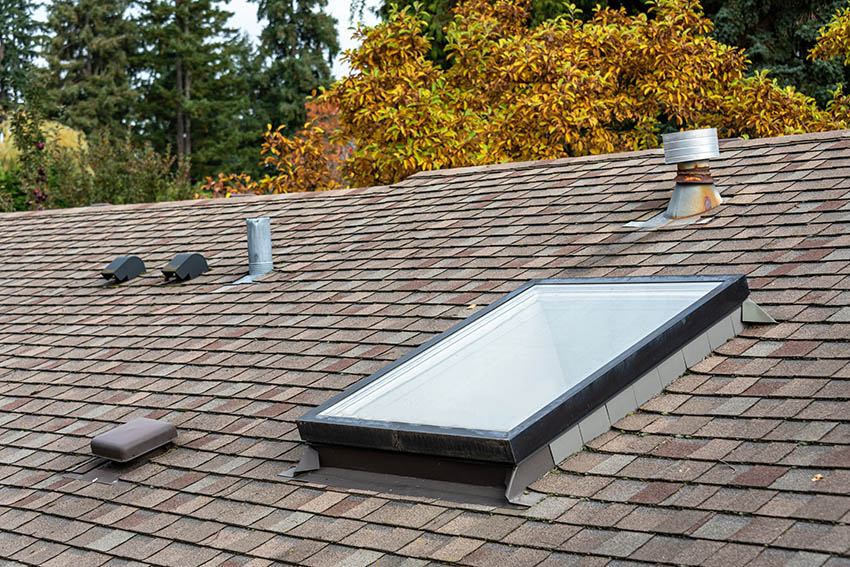
A curb-mounted skylight is attached to the roof with a wooden frame. This wooden frame is constructed around an opening that is cut into the roof. This wooden frame causes the skylight to jut out considerably, making it more visible on the exterior.
The size of the curb-mounted skylights is typically around 2 feet by 6 feet, with custom sizes available at ease. Sticking with the standard size of 2 feet by 6 feet makes it extremely easy to replace if there are ever any problems with your skylight.
The skylight sits on top of the wood frame (curb) similar to how a lid fits over a shoe box, it is then nailed in on the sides and flashed over. Some curb-mounted products are pre-fabricated and it is important to make sure they meet the necessary to meet the local requirements for these windows.
Curb-mounted skylights can be flashed for asphalt roofs, shake roofs, or tile roofs, but do not need to be reflashed if they ever need to be changed out. It is one of the more common types that are used.
Curb-mounted skylights are typically used for flat roofs or roofs with low pitches, specifically under 14 degrees. They are not insulated, which can cause them to be less energy efficient than the deck-mounted option.
Deck Mounted Skylights
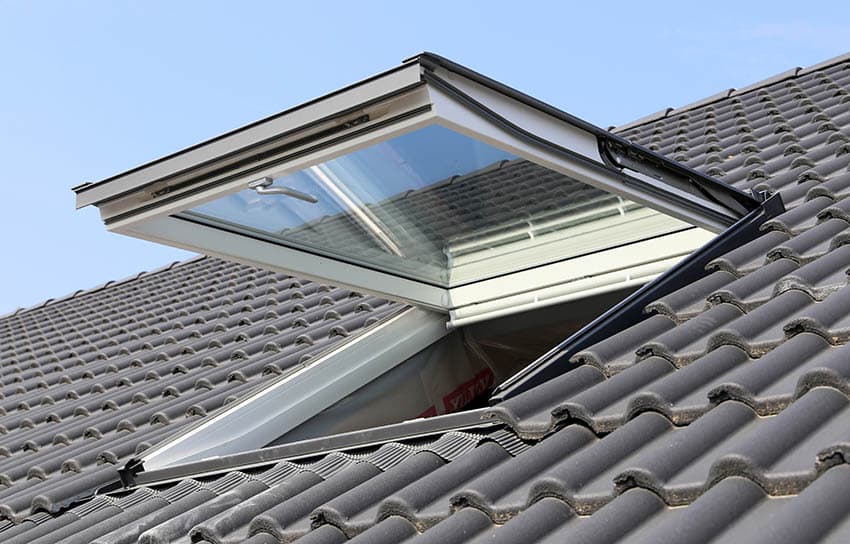
The deck-mounted skylight is attached to the roof with a nail right on the seal to the roof itself. This gives the skylight a lower profile with a clean look as well as energy-saving properties.
The deck-mounted skylight is a more modern choice when it comes to these designs. Deck-mounted units can be flashed for shingled roofs, shake roofs, metal roofs and tile roofs.
These can be made more energy-efficient with certain types of flashing, check with the manufacturer for specifics. The flashing is what protects the skylight and space below from the weather including water and outdoor temperatures.
Deck-mounted skylights are typically used on roofs that have a pitch ranging from 14 to 85 degrees.
Which is Better Curb or Deck-Mounted Skylights?
In most cases, there is not much of a choice for which skylight you can use, as a large consideration to this is the pitch of the roof. In flat or low-pitch roof curb mounted skylights are better.
In higher pitched roofs deck mounted skylights are better. In new construction, there is a lot more flexibility on which type of skylight you can use if you still have a say in the roof construction for the building.
When it comes to aesthetics the deck-mounted skylights are the better choice if you can use them based on your home design. Deck-mounted models are cleaner and more hidden from the outside of the home.
They are also more energy efficient which pushes them over the edge when compared to the curb mounted. Deck-mounted designs are often chosen in new construction as they are the better of the two when there is a choice.
Unfortunately, having both types of skylights can have some odd negative effects on a space. Since there are no window coverings on the skylight, it constantly shines in the same places over a long period of time, which can cause fading to the finishes or furniture in that area.
Additionally, skylights can collect too much heat from the sun at certain times or cause a glare if the furniture is not placed in the most optimal location compared to the opening.
Deck-mounted designs have a ton of custom shapes and sizes to select from which make them great for the aesthetics and functionality of a home. There are standard sizes that can be selected as well to keep costs down.
Curb mounted skylights are better when it comes to areas that will need to be replaced frequently, or are a replacement to an older skylight. These are also typically the more cost-effective options that have a standard size, while deck mounted have a great deal more custom options.
Let us know which is your favorite below in the comments. For more related content take a look at our article about kitchen skylights here.

